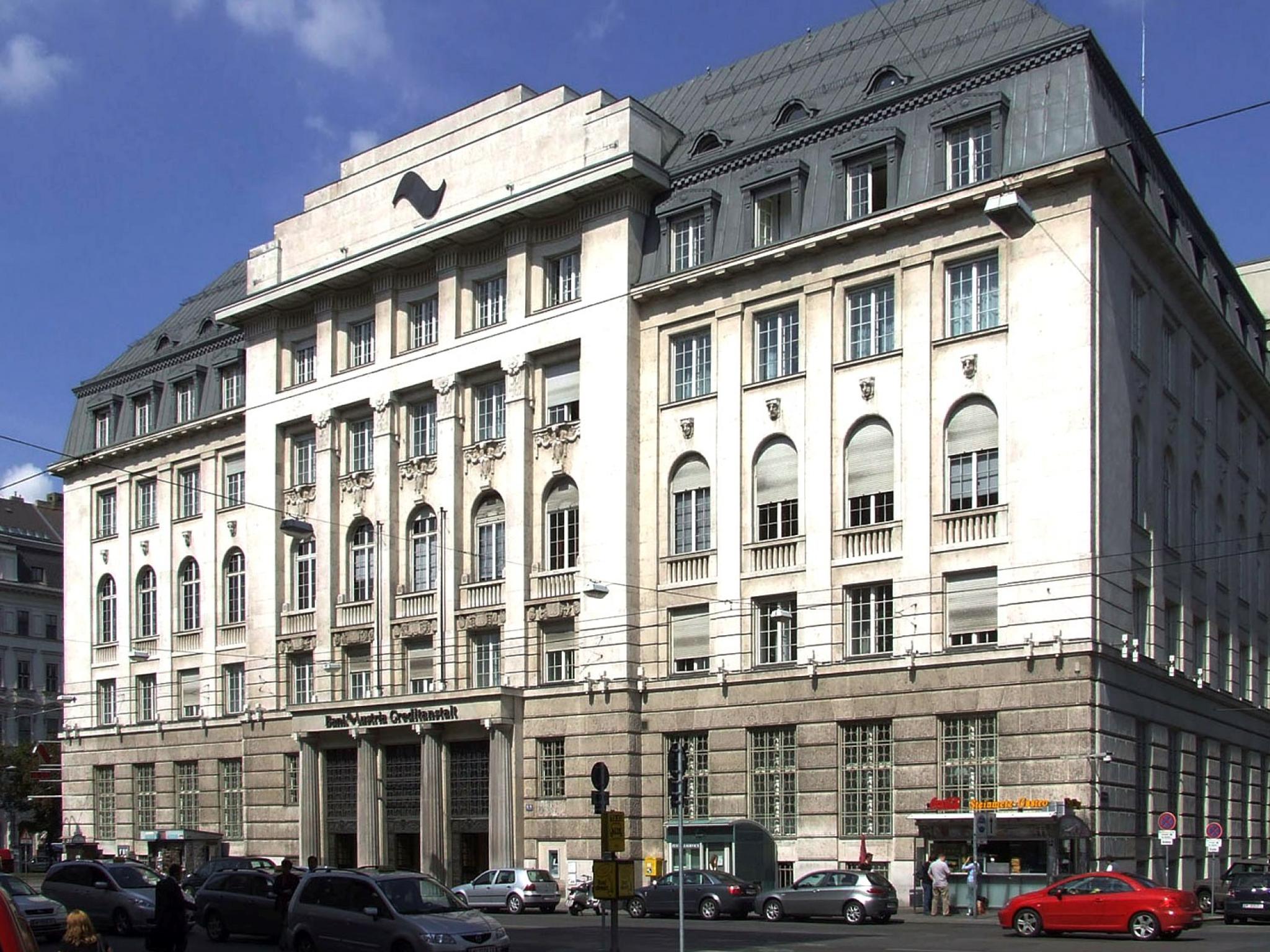
Each day, Benzinga takes a look back at a notable market-related moment that happened on this date.
What Happened: On May 11, 1931, the bankruptcy of Austria’s largest bank accelerated the financial collapse of Central Europe.
Where Was The Market: The S&P 500 was trading around 14.33, while the Dow Jones Industrial Average traded around 141.45. Both were mid-plunge.
What Else Was Going On In The World: The Empire State Building had recently opened in New York City, and Al Capone was preparing to plead guilty to tax evasion and prohibition charges.
Creditanstalt Declares Bankruptcy: The fall of Austria’s Creditanstalt marked the start of — and by some assessments catalyzed — a global banking crisis that intensified the Great Depression.
“The currency and banking convulsions of 1931 changed the nature of the economic collapse,” according to historian Liaquat Ahamed.
With Creditanstalt’s failure, Austria became the first country to experience a banking crisis and was soon extended an international loan to finance liquidity in its financial system. The event became a widely referenced case study during the recession of the early 2000s.
“The fall of Credit-Anstalt — and the dominoes it helped topple across continental Europe and the confidence it shredded as far away as the U.S. — wasn't just the failure of a bank: It was a failure of civilization,” Bloomberg wrote.
Creditanstalt was saved when the First Austrian Republic, the National Bank of Austria and the Rothschild family took up the costs. The firm eventually became state-owned following a forced merger with Wiener Bankverein, and the resulting entity was later subsumed by Deutsche Bank AG (USA) (NYSE:DB).
Photo by Werckmeister/Wikimedia.







